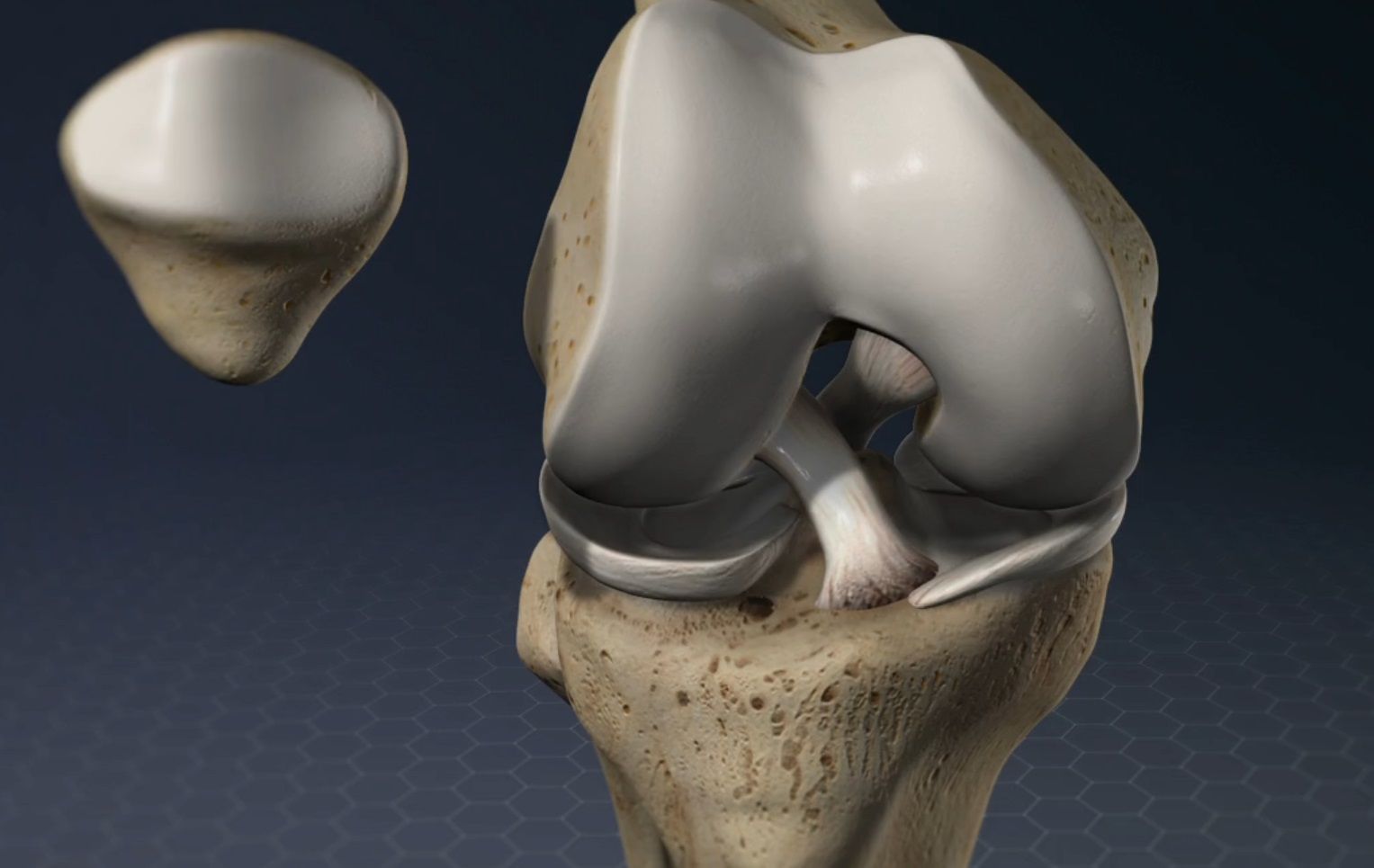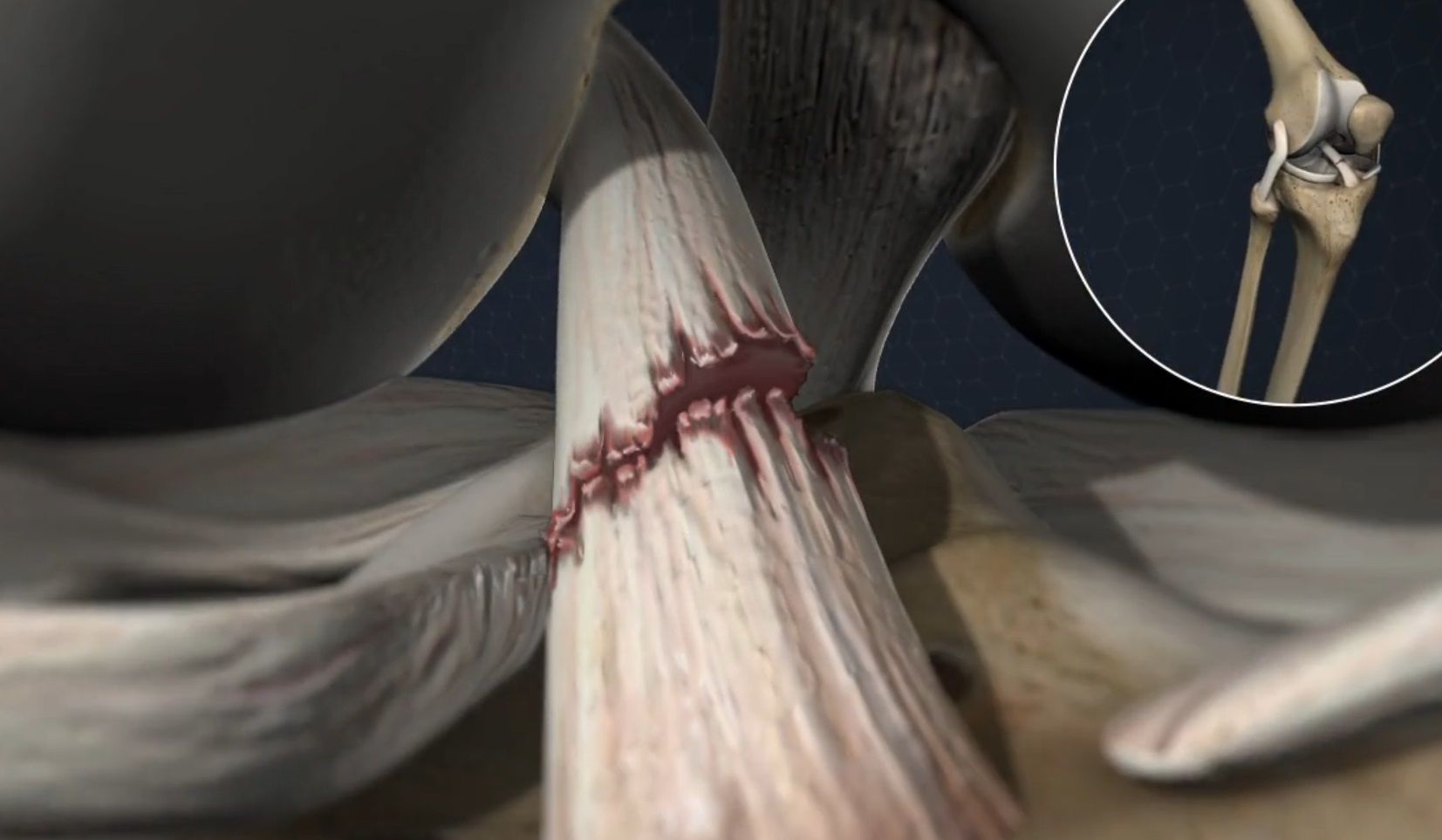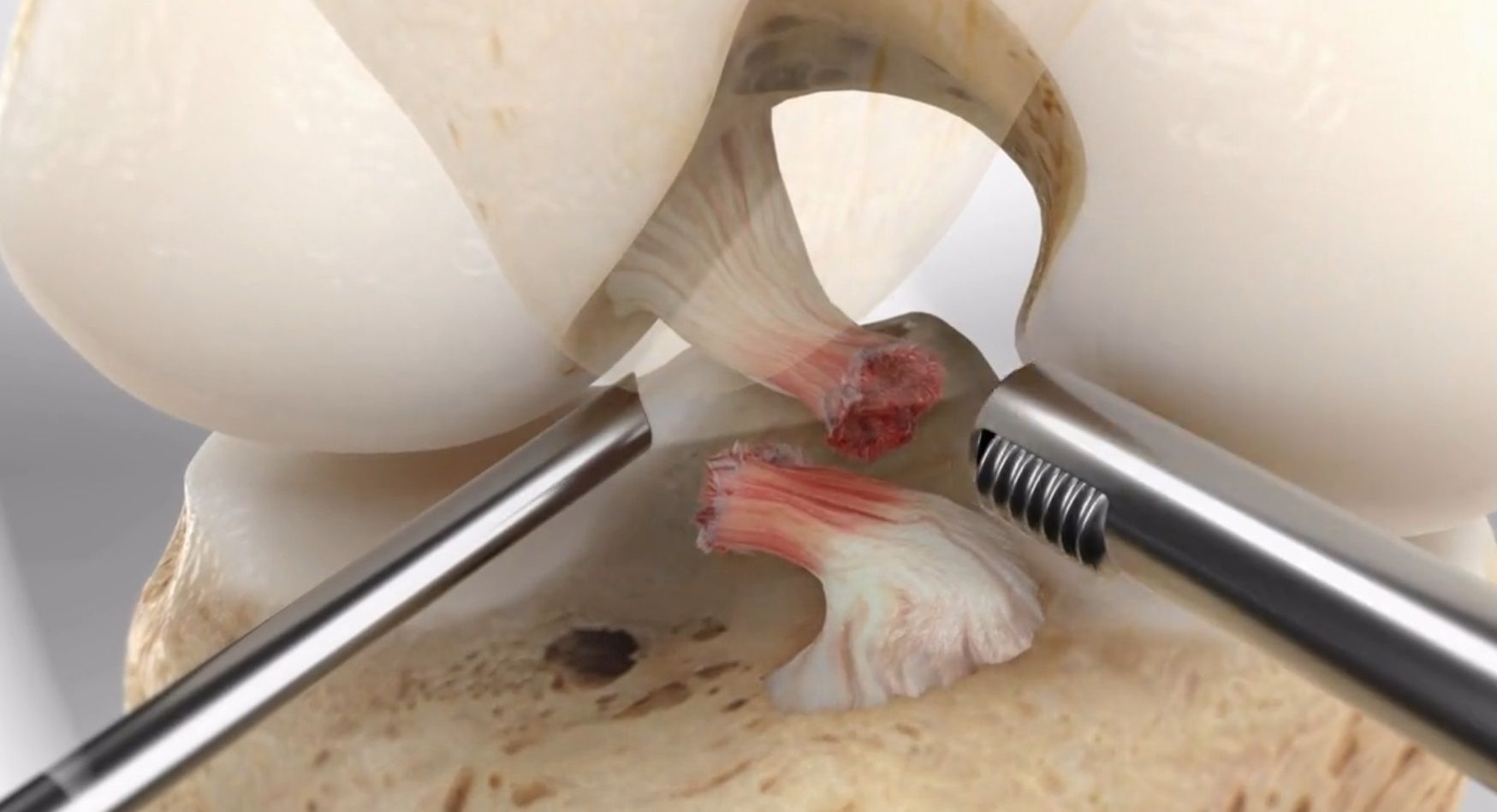MCL (Medial Collateral Ligament) Injury
This is a stretching or tearing of a ligament on the inner side of your knee. The medial collateral ligament, commonly called the “MCL”, is connected to the femur and to the tibia. The MCL helps stabilize your knee. This ligament, along with the lateral collateral ligament, helps prevent excessive side-to-side movement of your knee joint. It helps keep the upper and lower leg aligned properly.
MCL (Medial Collateral Ligament) Injury
MCL (Medial Collateral Ligament) Injury
Overview
The medial collateral ligament, commonly called the “MCL”, is on the inner side of your knee, connecting to the femur and to the tibia. The MCL stabilizes your knee by working with the lateral collateral ligament (LCL) to prevent excessive side-to-side movement of your knee joint. The medial collateral ligament helps keep the upper and lower leg aligned properly.
Causes
Your medial collateral ligament can be injured when your knee is pushed sideways toward the inner side of your body. A hard blow to the outer side of your knee is the most common cause. This sideways movement can stretch the MCL, tear some of its fibers, or even rupture the ligament completely.
Symptoms
An MCL injury causes pain and swelling of the inner side of your knee. Your knee may feel stiff, unstable, and weak. It may lock or catch when you walk. Some people feel foot numbness or weakness after an MCL injury.
Treatment
Most MCL strains can be treated with rest, ice, a knee brace, and physical therapy. Many MCL tears heal without surgery by using these same treatments over a longer period of time. MCL ruptures require surgery.
Revised from www.viewmedica.com © Swarm Interactive. Unauthorized duplication is strictly forbidden.




